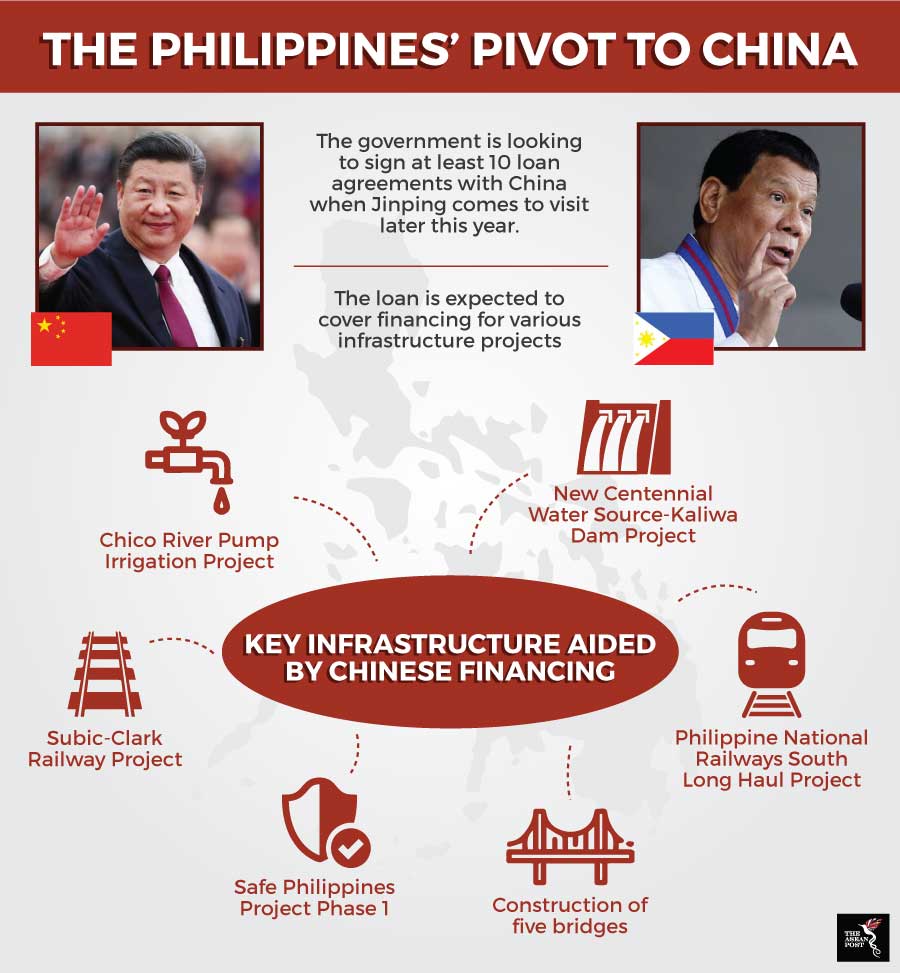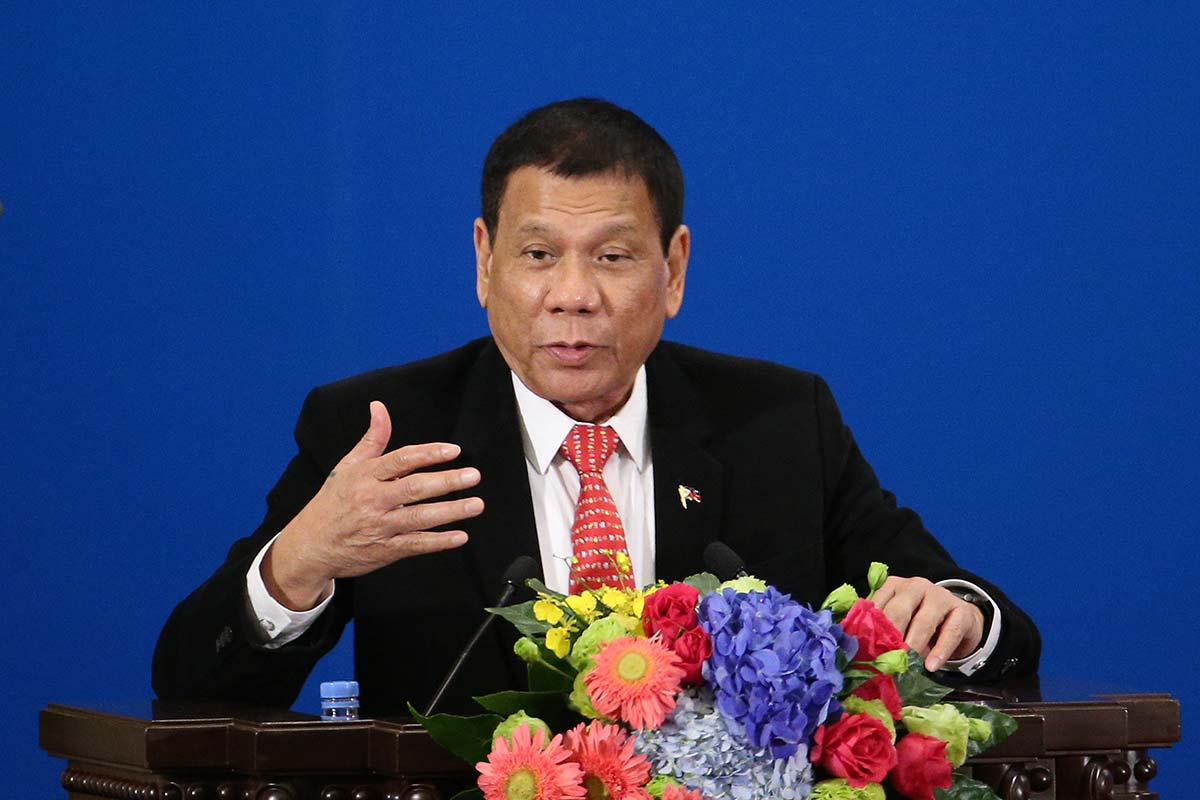Just when its relationship with China seems to have gone sour, the Philippine government has announced that new deals with Beijing are in the works.
Ever since the Philippines elected Rodrigo Duterte into power in 2016, the country has enjoyed warmer relations with China. However, last week, Duterte lashed out twice at his nation’s largest trading partner, urging China to “rethink” and to “temper its behaviour” in the disputed South China Sea. Some observers have noted that these are some of his strongest statements against China since he took office. Previously, Duterte has gone on record saying, “I need China. More than anybody else at this point, I need China.”
Despite the speculation that those negative statements could rock the close relationship between the two countries, the statement made by Budget Secretary Benjamin Diokno says otherwise. According to Benjamin Diokno, President Xi Jinping is expected to visit the Philippines in November after the Papua New Guinea APEC meeting. Diokno added that there will be a “pledging session”.
According to a local news report, the Philippine government is looking to sign at least 10 loan agreements with China when Jinping comes for a visit later this year.
“At least 10, maybe. The agencies are reserving it for November during President Xi’s visit,” Diokno said.
It is reported that the loan agreements will cover various infrastructure projects. The Chinese government will be financing projects classified into two baskets.

Source: Various
Numerous projects
The first basket of projects includes the Chico River Pump Irrigation Project, New Centennial Water Source-Kaliwa Dam Project, Philippine National Railways South Long-Haul Project, and the Binondo-Intramuros and Estrella-Pantaleon Bridges Construction project.
While the second basket of projects will include the Safe Philippines Project Phase 1, Subic-Clark Railway Project, the construction of five bridges across the Pasig-Marikina River and Manggahan Floodway, and the Ambal-Simuay River and Rio Grande de Mindanao River Flood Control projects.
Many of these projects are part of Duterte’s ambitious “Build! Build! Build!” infrastructure programme. Duterte’s Build! Build! Build! initiative is estimated to cost US$180 billion, with 75 projects planned. These projects include a new Manila airport terminal, Manila’s first subway system, and a 102-kilometre railway in Mindanao. Most of the infrastructure planned relate to transport, which Duterte hopes will help enhance mobility and connectivity in the Philippines.
These infrastructure projects are expected to provide a boost to the Philippine economy upon completion. Economists have said that these new infrastructure projects have the potential to boost growth in the country, with the government anticipating up to eight percent growth for the economy this year, according to Socioeconomic Planning Secretary Ernest M Pernia. Despite that, the country could still face difficulties in financing its projects. As it stands, the Philippines is spending about US$20 billion on infrastructure alone and this figure is projected to double by 2022.
While it may boost the nation’s economy once completed, many are worried about the Philippines’ financial capabilities in paying for these projects. Because of this, Duterte has implemented various tax reforms which he hopes will increase tax revenue for the country.
Duterte’s expensive infrastructure programme also explains his pivot to China and his remarks about “needing” China. China has been financing infrastructure projects throughout Asia as part of its own larger infrastructure plans dubbed the Belt and Road Initiative (BRI).
During Duterte’s visit to China in April, the president along with his government representatives agreed on nine business deals. According to Duterte, the deals would bring in US$9.8 billion in investment and create 10,000 jobs for Filipinos.
Among the business deals signed between the two countries includes a loan agreement with China agreeing to help fund the construction of the Chico Pump Irrigation Project in Northern Luzon. The Ministry of Finance in the Philippines has said that the loan agreement was worth US$62 million.
However, there are some doubts over China’s loans to the Philippines. Some fear that the Philippines could fall into a debt trap, a fate that Sri Lanka is facing at the moment. The United States (US) who were previously strong allies of the Philippines, have capitalized on such fears. This week, Assistant Secretary for Economic and Business Affairs Manisha Singh said that the US could be a “very positive alternative” in helping meet the country’s infrastructure needs.
Duterte’s warm ties with China may help the Philippines get the aid it requires, but he also needs to be wary. The consequences of a debt trap will be much worse than the consequences of scrapping-off certain projects to keep the country’s budget in order.
Related articles:
Can the TRAIN bill save the Philippines?
